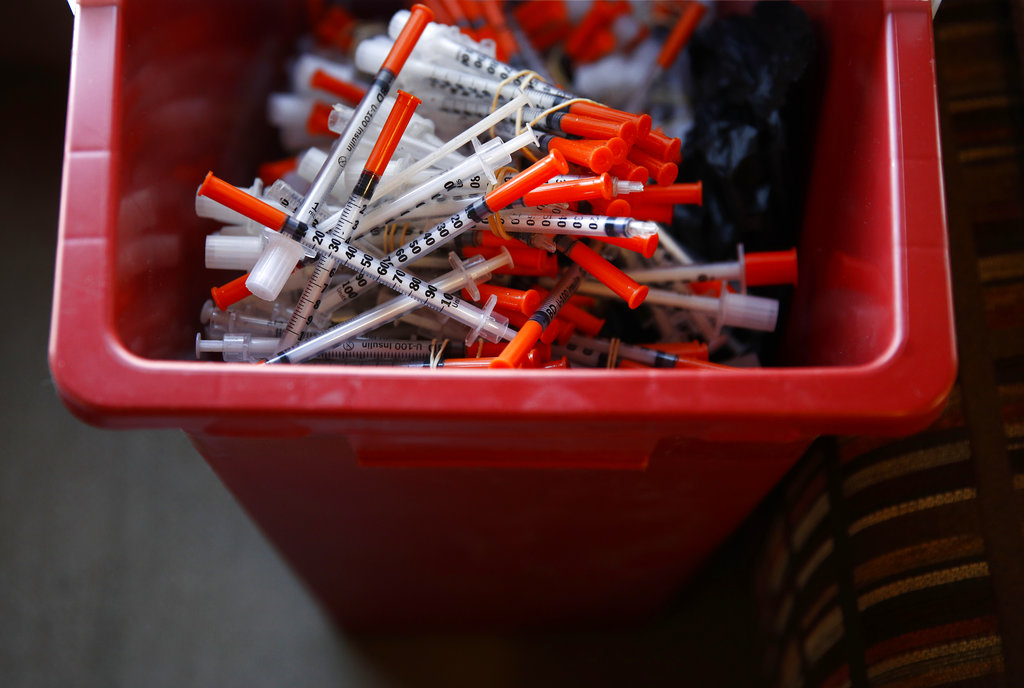- Joined
- Aug 16, 2019
- Messages
- 4,688
Estimated number of people who inject drugs in the United States
Heather Bradley, Eric Hall, Alice Asher, Nathan Furukawa, Christopher M Jones, Jalissa Shealey, Kate Buchacz, Senad Handanagic, Nicole Crepaz, Eli S Rosenberg
Clinical Infectious Diseases
6 Jul 2022
Abstract:
Heather Bradley, Eric Hall, Alice Asher, Nathan Furukawa, Christopher M Jones, Jalissa Shealey, Kate Buchacz, Senad Handanagic, Nicole Crepaz, Eli S Rosenberg
Clinical Infectious Diseases
6 Jul 2022
Abstract:
Background: Public health data signal increases in the number of people who inject drugs (PWID) in the United States during the past decade. An updated PWID population size estimate is critical for informing interventions and policies aiming to reduce injection-associated infections and overdose, as well as to provide a baseline for assessments of pandemic-related changes in injection drug use.
Methods: We used a modified multiplier approach to estimate the number of adults who injected drugs in the United States in 2018. We deduced the estimated number of non-fatal overdose events among PWID from two of our previously published estimates: the number of injection-involved overdose deaths and the meta-analyzed ratio of non-fatal to fatal overdose. The number of non-fatal overdose 10 events was divided by prevalence of non-fatal overdose among current PWID for a population size estimate.
Results: There were an estimated 3,694,500 (95% CI: 1,872,700 – 7,273,300) PWID in the U.S. in 2018,
representing 1.46% (95% CI: 0.74% – 2.87%) of the adult population. The estimated prevalence of
injection drug use was highest among male persons (2.1%; 95% CI: 1.1 – 4.2%), non-Hispanic White
persons (1.8%; 95% CI: 0.9 – 3.6%), and adults aged 18 – 39 years (1.8%; 0.9 – 3.6%).
Conclusions: Using transparent, replicable methods and largely publicly available data, we provide the
first update to the number of people who inject drugs in the U.S. in nearly ten years. Findings suggest the population size of PWID has substantially grown in the past decade and that prevention services for PWID should be proportionally increased.

